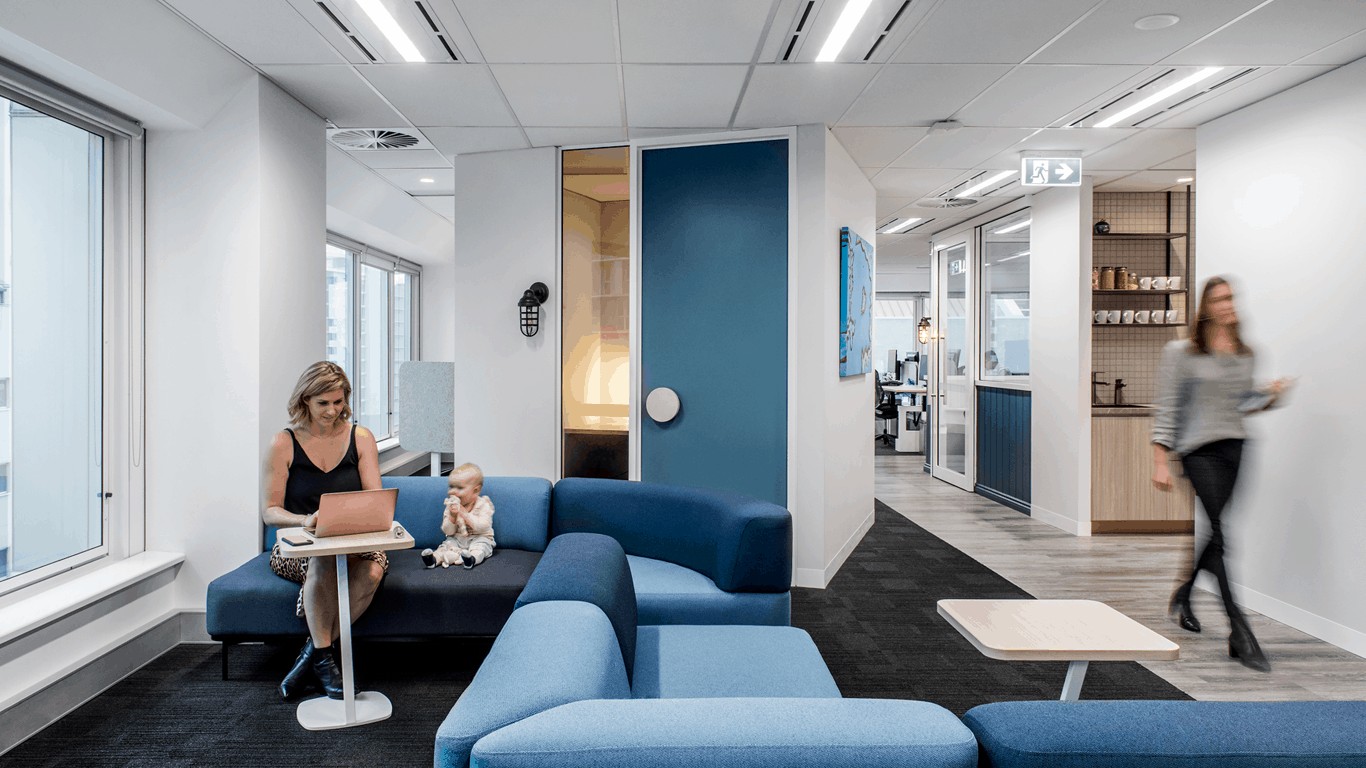
05 Sep What Does The Future Of Work Look Like?
There is a huge shift in the way workplaces are designed today, and there are numerous factors that are contributing to this. With the Fourth Industrial Revolution upon us, with technology disrupting work as we know it, the skills that we require to operate in this new world a far more empathetic and social than ever before.
Below are four trends influencing the design of the future workplace and how you can evolve with it.
Technology in the workplace
Embrace technology now.
Why now? We’re in an age where VR is slowly creeping its way into the workplace and Elon Musk’s promise of electric cars no longer seems so outlandish, or even futuristic. Technology keeps advancing, and faster every day. If you don’t adapt today, these developments will be so advanced that you’ll feel years behind.
The businesses that are evolving during this time of huge change will more likely arrive at a successful workplace design. They are leveraging the capabilities of a growing digital ecosystem of devices, connectivity and data.
You must be open to technological improvements and remain up-to-date with new releases of furniture pieces, office equipment, gadgets, and other devices. Watch where technology is taking workplace design. You never know what’s next—the rise of voice solutions might bring a huge impact.
Data-driven design
Data-informed design will become a high-value asset to businesses aiming to adapt to a fast-paced changing environment.
As change continues to shape the workplace, previously siloed data becomes available to designers. These are valuable information sources that can help them make strategic decisions geared towards the growth of businesses.
Infusing technology into data gathering will uncover business needs and dilemmas of the future, giving strategic designers insights on major issues. Data gathered through advanced technology can provide more information and more accuracy, and as a result a more accurate diagnosis of issues and problems, enabling better design solutions to be created.
Collaboration – the Google way
Do you need to set up a ping pong table in your office? Well, Google did it, didn’t they? The good news, or perhaps bad, is that you don’t need a ping pong table. What you do need is what that table symbolises – collaboration, or more specifically, the catalyst of deeper relationships.
It symbolises the creation of new ideas, friendships, mentorship, knowledge, casual collision, multi-disciplinary collaboration and much more.
A well-designed office can spark unplanned conversations in the workplace, which lead to effective collaboration, deeper relationships, better wellbeing, and higher performance.
Next Gen workplace
An inevitable culture shift is happening now, forecasted to grow and gain momentum. This culture shift is caused by the tilting scales of baby boomers versus Gen X and millennials entering the workforce. Gen X and millennials are taking a firm hold on the workplace, shaping it to reflect their values and ideals.
These values and ideals, such as sustainability, socialisation and flexibility, will hold greater weight when the brightest and best search for their next workplace. It’s no longer just about plain work and tasks. It’s now about purpose, meaning and culture.
Think about how you can integrate these causes and convictions into your workplace.
Are you ready for the future of work?
Disruption is certain. This is a time of profound change in the way office design affects and supports work. Can you find your way through?
The guidance that a strategic interior designer can give an organisation is more valuable now than it has ever been, and this work has only just begun.


